In Bologna, photographers bring our built environment into focus
The fourth edition of Italian photography biennial Foto/Industria was an acute meditation on industry
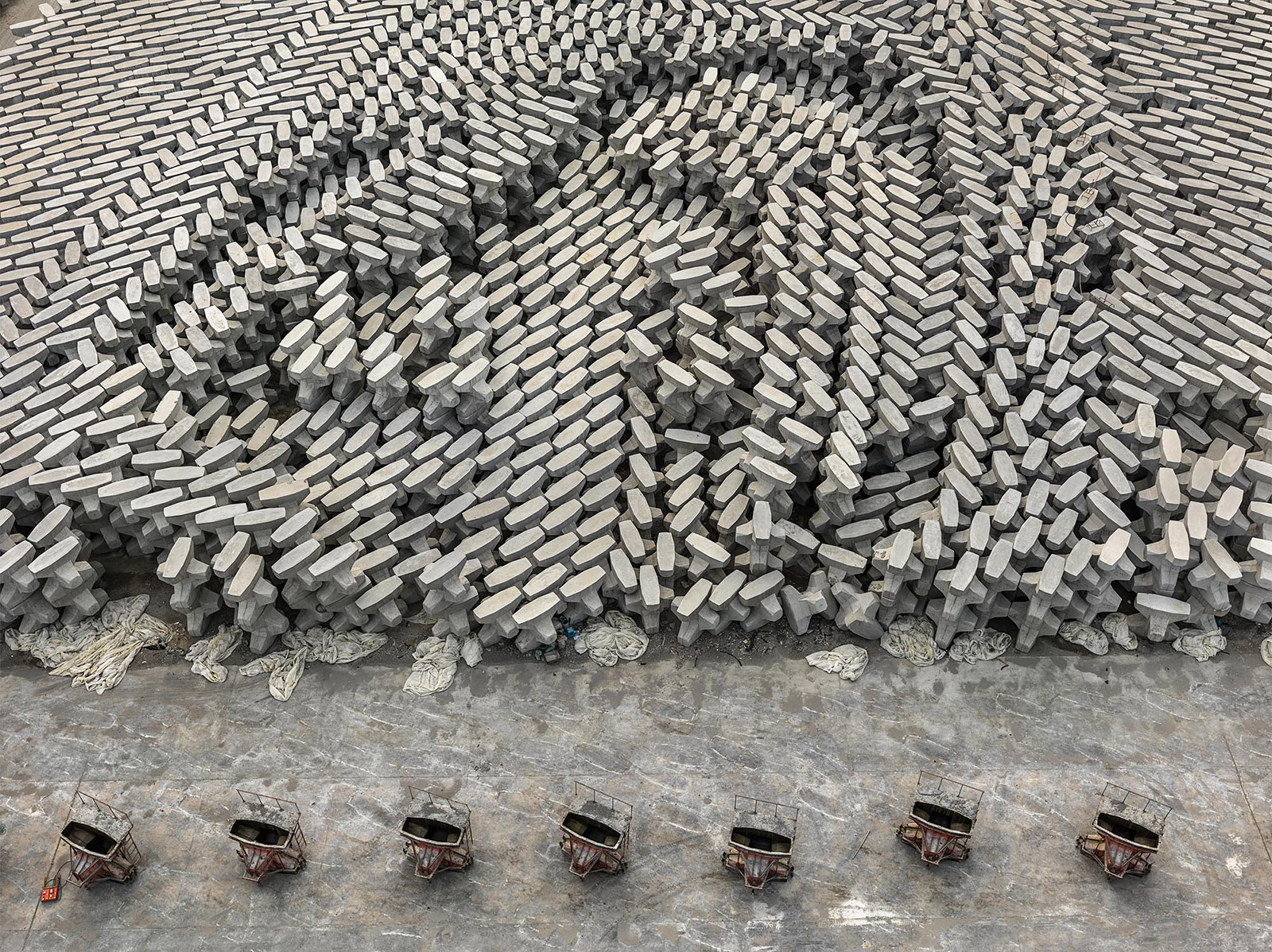
Among the medieval churches and palazzos of Bologna in northern Italy, the fourth edition of Foto/Industria visually studied the so-called ‘technosphere’, the term Peter K Haff coined in 2013 to describe the flow of energy, interaction and information that moves each day between the almost six billion people on earth. The world’s first photography biennale devoted to industry has used as inspiration the professor of geology and civil engineering at Duke University, who described an artificial layer over the earth’s crust one that weighs an estimated 30 trillion tonnes.
Foto/Industria demonstrates how this crust is an intact, infinitely intricate spider’s web of connections, one designed to make our lives more rich, diverse and convenient. But, Haff asks, has this web of technology liberated us, or ensnared us in its web? Are you lives richer, happier? Or are we now so reliant on technology, and paying such an extreme price for it, that we are in fact the poorer for it? And then how don we understand and analyse this phenomenon visually?
Under the artistic direction of Francesco Zanot, the festival comprised 10 exhibitions in historic venues around Bologna’s medieval city centre, each of which communicated a different perspective on the infrastructure with which we surround our lives. The technosphere is related to the Anthropocene, the new epoch in which humans have come to dominate and determine every force shaping the planet.
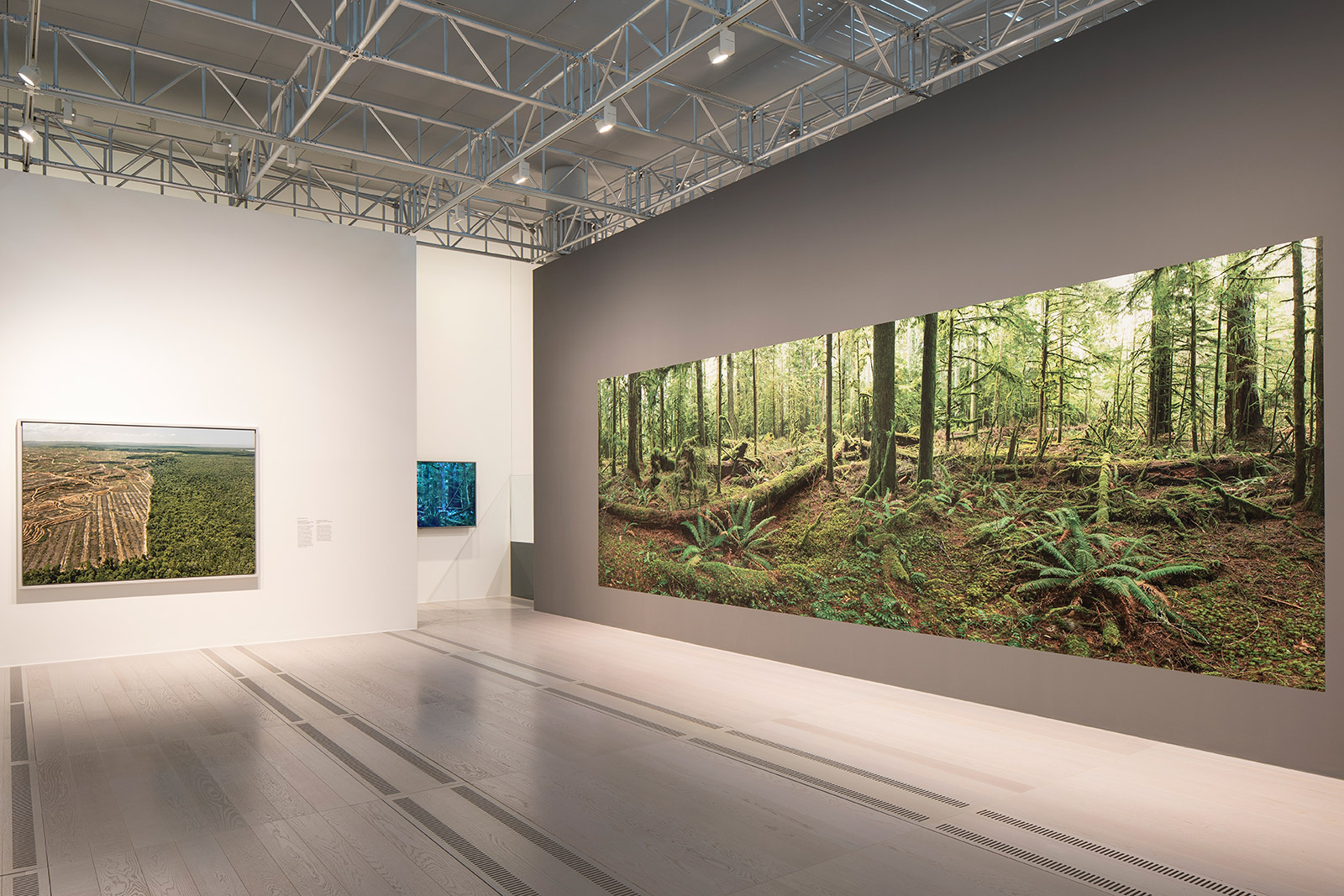
Installation view of Edward Burtynsky’s photographic mural of Cathedral Grove, Vancouver Island, at Fondazione MAST, Bologna
The headline show in Bologna, fittingly, is therefore the first European exhibition of Edward Burtynsky’s ‘Anthropocene’, a hugely ambitious multimedia project now on show at Fondazione MAST – Manifattura di Arti, Sperimentazione e Tecnologia – curated by Urs Stahel and on view until 5 January 2020. Burtynsky’s series of 35 photographs – from manmade hydroelectric dams in China to Nigeria’s floating Makoko slum and the diminishing rainforest in Borneo – are displayed ten metres across alongside the films of collaborators Jennifer Baichwal and Nicholas De Pencier. Seen together, the exhibition is often awe-inspiring to behold, capturing both the beauty of the world, one that has developed its own internal balance over millennia, and the transformation the technosphere has wrought in just a few generations.
Notably, also on show for the first time in Europe is a series of augmented reality installations developed by Burtynsky. Viewers will witness a tree measuring 66m high, 12m in circumference and with a canopy spread of 18.3m, known to Canadian locals as ‘Big Lonely Doug’ – Canada’s second largest Douglas Fir tree. From its home on Vancouver Island, British Columbia, as well as a rendering of Sudan, the last male northern white rhinoceros, who died in March 2018 at the Ol Pejeta Conservancy in Kenya. Close by is another near-to-scale rendering of the largest pile of elephant ivory found in history, poached from between 6,000 and 7,000 elephants across Kenya, and set on fire at Nairobi National Park in Kenya on 30 April 2016.
RELATED STORY
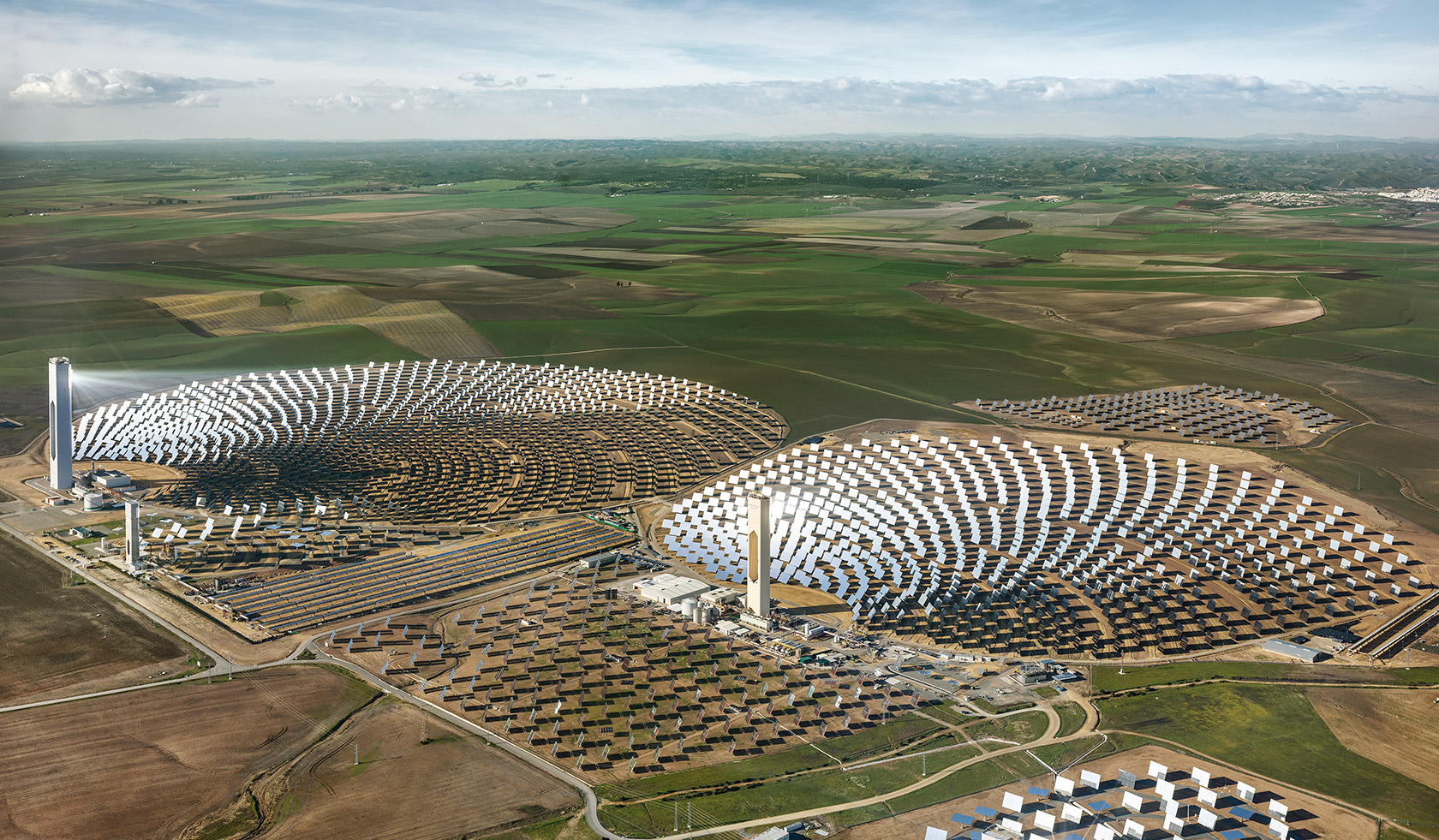
Alongside Burtynsky, well-established names in the history of photography, such as Albert Renger-Patzsch and are also exhibited. But there’s a notable emphasis on the exhibition of newly emerging photographers, with Matthieu Gafsou, Stephanie Syjuco and Yosuke Bandai each given spectacular solo shows. Of particular interest was Armin Linke’s study of the architectural infrastructure that connects nations underwater, at Biblioteca Universitaria Di Bologna, and Delio Jasse’s Arquivo Urbano, which explores Chinese investment in Angola, the African city of her birth, at Fondazione del Monte di Bologna e di Ravenna in Palazzo Paltroni.
But perhaps the best thing to see in Bologna is the work of Luigi Ghirri, the great Italian photographer who was born in Scandiano, a satellite town just to the west of Bologna. He died in 1992 after spending his career working in new topographical photography made famous by names like Stephen Shore, Ed Ruscha and Andreas Gursky. Ghirri worked as a surveyor at the start of his career while teaching himself photography. After launching himself with the 1974 series Colazione sull’erba, a collection of perfectly-realised depictions of the domestic suburbs of Ghirri’s Modena, just outside of Bologna, Ghirri grew to become Italy’s leading contemporary photographer.

Costa Crociere, 1989-1990, by Luigi Ghirri. © Eredi di Luigi Ghirri
Yet he remains comparably unheralded beyond his native country. Foto/Industria attempted to correct this with ‘Prospettive Industriali’, a collection of Ghirri’s early commercial work shown at Palazzo Bentivoglio, a beautiful medieval building which itself has a fascinating history. Built by the ruling Bentivoglio family in 1460, the building was partially destroyed during a populist uprising in the spring of 1507.
In the early stages of his photography career, Ghirri paid the bills by seeking out commercial commissions with a breadth of companies including Ferrari, Costa Crociere, Bulgari, and Marazzi. Many photographers would just do what they they could to keep the client happy, but Ghirri saw in the commissions the opportunity to experiment with his chosen medium. Ghirri had a deep relationship with his creations, and called these images ‘reconstructions of the rooms of my memory’. Speaking today, Foto/Industria artistic director Francesco Zanot says: ‘Even at this early stage in his career, it is possible to see signs of a number of themes in Ghirri’s work that recurred throughout his life, and for which he became recognised.’
Foto/Industria was established in 2013 and is funded by Fondazione MAST, a non-profit organisation associated with the industrial group Coesia, a celebrated manufacturer of packaging machinery in the city of Bologna.
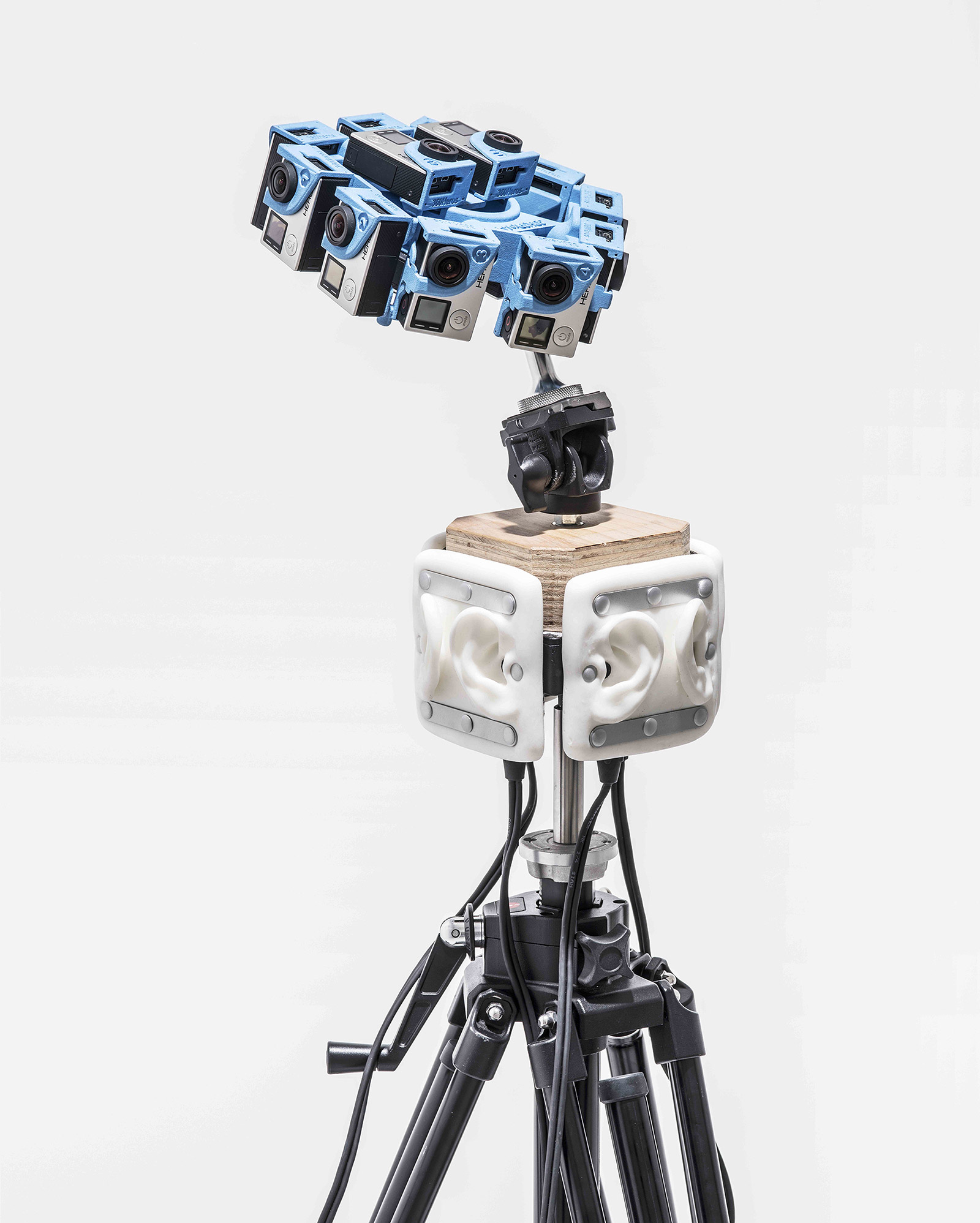
4.5.1, by Matthieu Gafsou. © Matthieu Gafsou / Galerie C / MAPS

Installation view of Olympia, by David Claerbout, at Spazio Carbonesi, Bologna
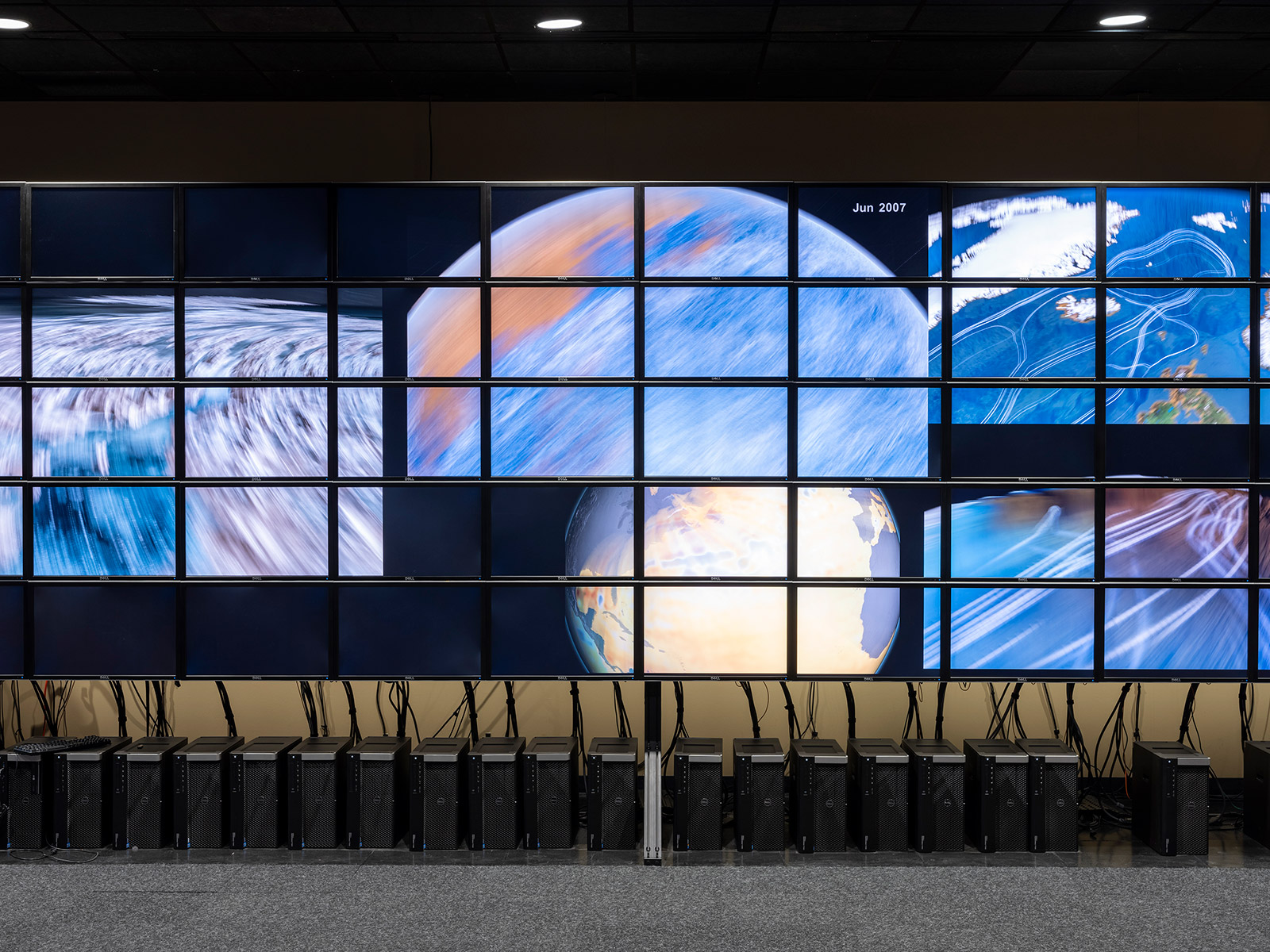
The University of Texas at Austin. Ocean currents modelling room at the Institute for Computational Engineering and Sciences (ICES) Computational Research in Ice and Oceans Group (CRIOS), Austin, Texas, USA, 2018. Courtesy of Galleria vistamare / vistamarestudio, Pescara/Milano

Untitled, 2016, by Yosuke Bandai. Courtesy of Taro Nasu, Tokyo
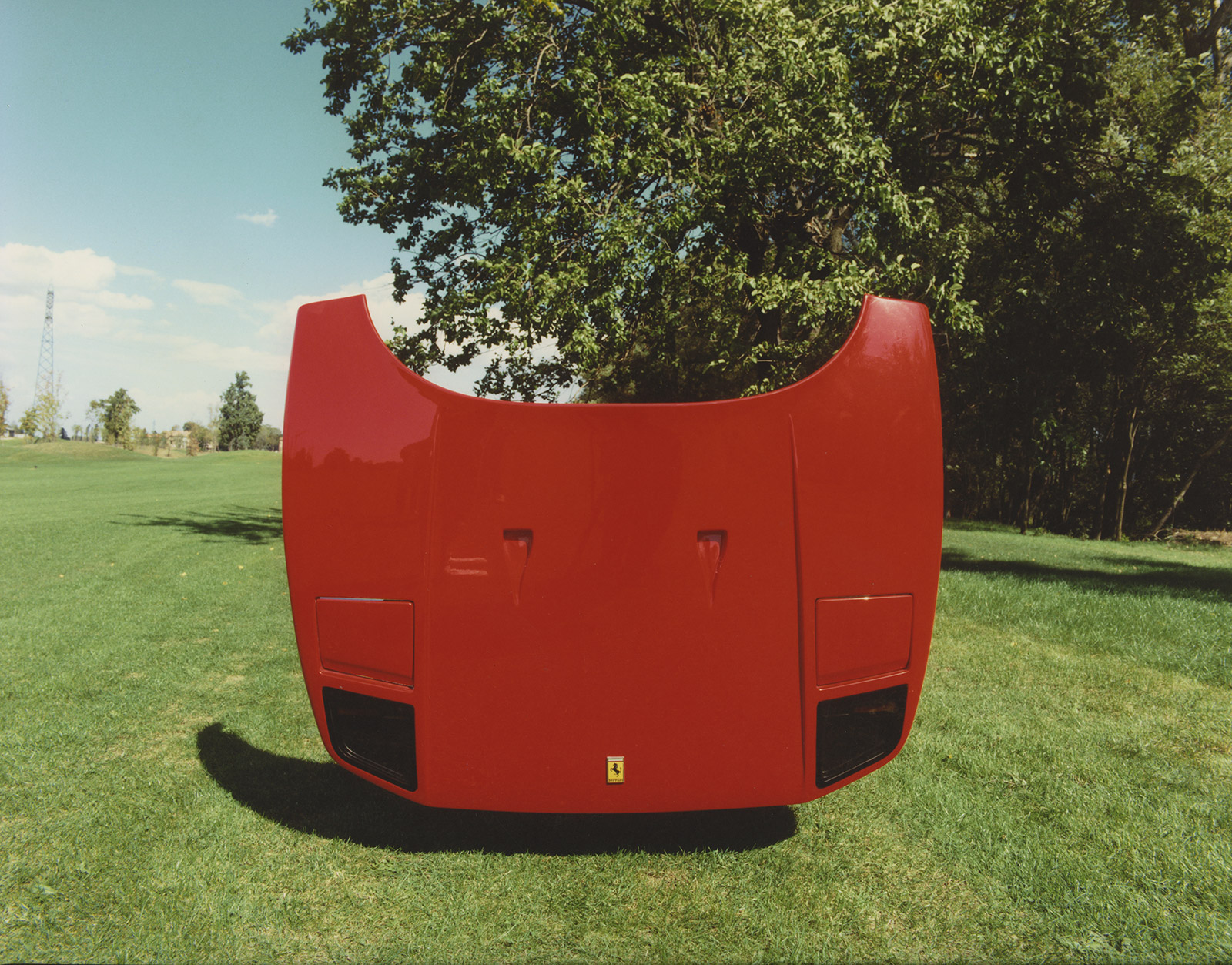
Ferrari, Maranello,1985-88, by Luigi Ghirri. © Eredi di Luigi Ghirri

Marazzi, Sassuolo, 1980s, by Luigi Ghirri. © Eredi di Luigi Ghirri. Courtesy of Marazzi Group
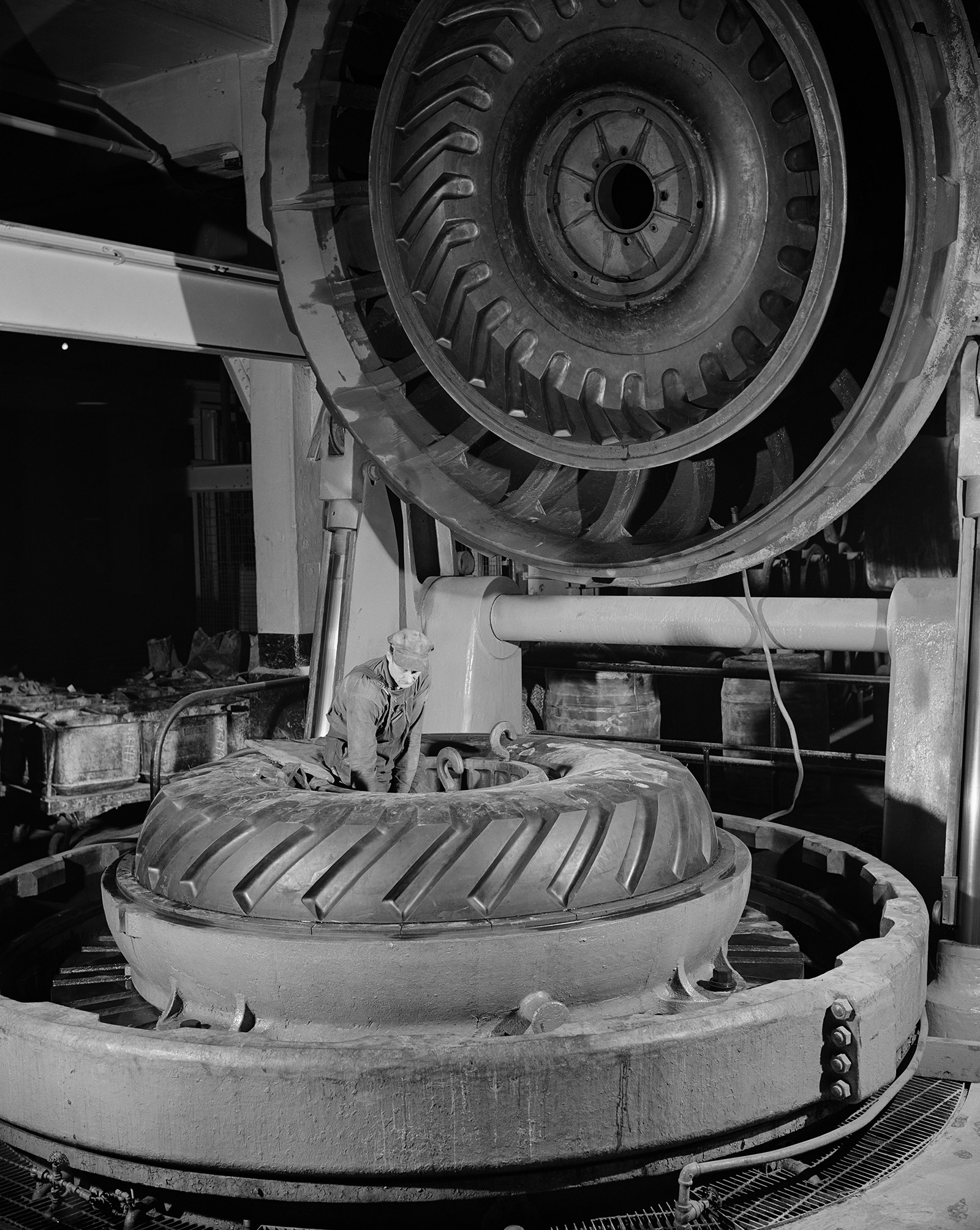
American Viscose Corporation, Marcus Hook, Pennsylvania, 1944, by André Kertész. © Donation , Ministère de la Culture (France), Médiathèque de l’architecture et du patrimoine, diffusion RMN-GP

Genoa, Italsider. Steel casting, 1964, by Lisetta Carmi. © The artist. Courtesy of Martini & Ronchetti, Genova
INFORMATION
‘Anthropocene’, until 5 January 2020, MAST. fotoindustria.it; anthropocene.mast.org
Receive our daily digest of inspiration, escapism and design stories from around the world direct to your inbox.
Tom Seymour is an award-winning journalist, lecturer, strategist and curator. Before pursuing his freelance career, he was Senior Editor for CHANEL Arts & Culture. He has also worked at The Art Newspaper, University of the Arts London and the British Journal of Photography and i-D. He has published in print for The Guardian, The Observer, The New York Times, The Financial Times and Telegraph among others. He won Writer of the Year in 2020 and Specialist Writer of the Year in 2019 and 2021 at the PPA Awards for his work with The Royal Photographic Society. In 2017, Tom worked with Sian Davey to co-create Together, an amalgam of photography and writing which exhibited at London’s National Portrait Gallery.
-
 ‘I want to bring anxiety to the surface': Shannon Cartier Lucy on her unsettling works
‘I want to bring anxiety to the surface': Shannon Cartier Lucy on her unsettling worksIn an exhibition at Soft Opening, London, Shannon Cartier Lucy revisits childhood memories
-
 What one writer learnt in 2025 through exploring the ‘intimate, familiar’ wardrobes of ten friends
What one writer learnt in 2025 through exploring the ‘intimate, familiar’ wardrobes of ten friendsInspired by artist Sophie Calle, Colleen Kelsey’s ‘Wearing It Out’ sees the writer ask ten friends to tell the stories behind their most precious garments – from a wedding dress ordered on a whim to a pair of Prada Mary Janes
-
 Year in review: 2025’s top ten cars chosen by transport editor Jonathan Bell
Year in review: 2025’s top ten cars chosen by transport editor Jonathan BellWhat were our chosen conveyances in 2025? These ten cars impressed, either through their look and feel, style, sophistication or all-round practicality
-
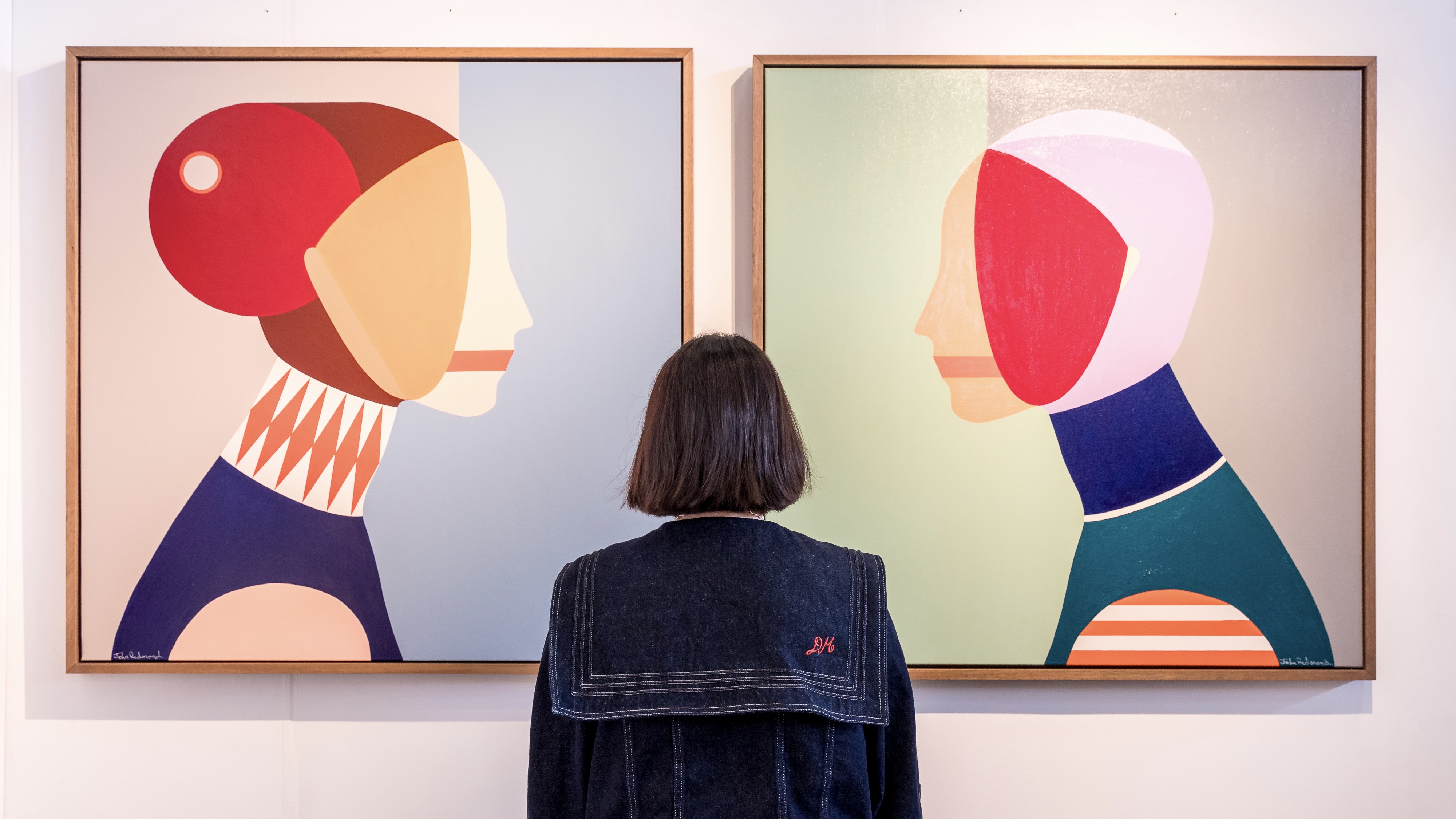 The alternative art fairs championing emerging artists
The alternative art fairs championing emerging artistsThe lower barrier to entry to these smaller and specialist art fairs make them hubs of grassroots creativity, allowing emerging names to establish a foothold in the industry
-
 EXPO Chicago 2023 is an indoor-outdoor art extravaganza, from witches to unicorns
EXPO Chicago 2023 is an indoor-outdoor art extravaganza, from witches to unicornsAs the landmark 10th edition of EXPO Chicago kicks off, Jessica Klingelfuss explores the fair and this citywide art spectacle, from Derrick Adams’ unicorns to a witch-themed group show
-
 London Original Print Fair 2023: 10 prints on our radar, from Brian Eno to Tracey Emin
London Original Print Fair 2023: 10 prints on our radar, from Brian Eno to Tracey EminAs London Original Print Fair 2023 kicks off (until 2 April 2023), explore the 10 prints on our wish list this year, from Brian Eno to Tracey Emin; Mona Hatoum to Harland Miller
-
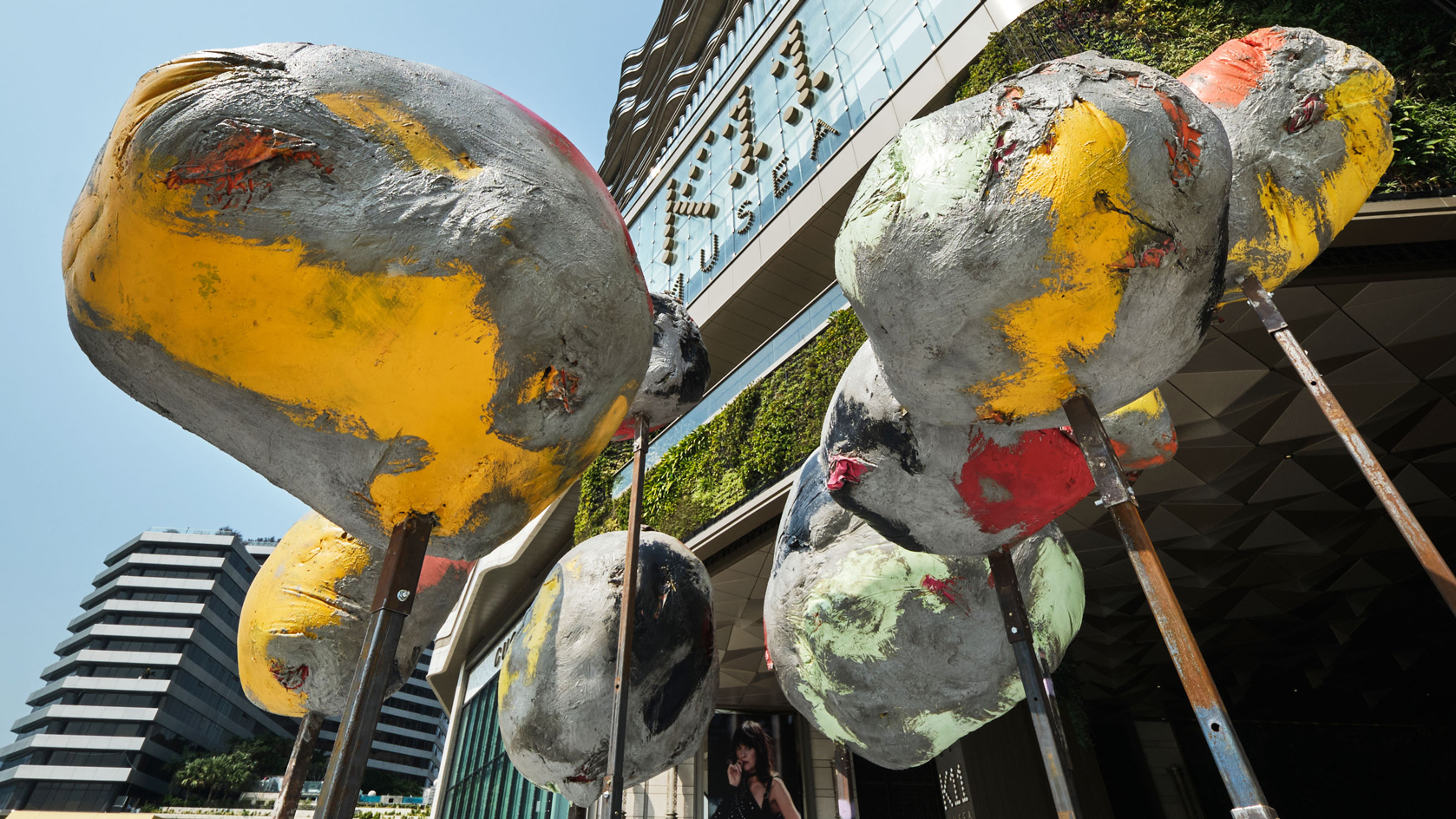 Art Basel Hong Kong 2023: can the city’s art scene bounce back?
Art Basel Hong Kong 2023: can the city’s art scene bounce back?Art Basel Hong Kong 2023 is about to kick off following years of restrictions. Catherine Shaw explores what we can expect in and around this year’s fair (23-25 March 2023), and whether Hong Kong can bounce back to reclaim the title of ‘Asia’s art hub’
-
 The most surreal moments in Art Basel history, from taped bananas to wealth-ranking ATMs
The most surreal moments in Art Basel history, from taped bananas to wealth-ranking ATMsAs a wealth-ranking ATM stole hearts and headlines at Art Basel Miami 2022, we look back on the most controversial moments in the history of Art Basel
-
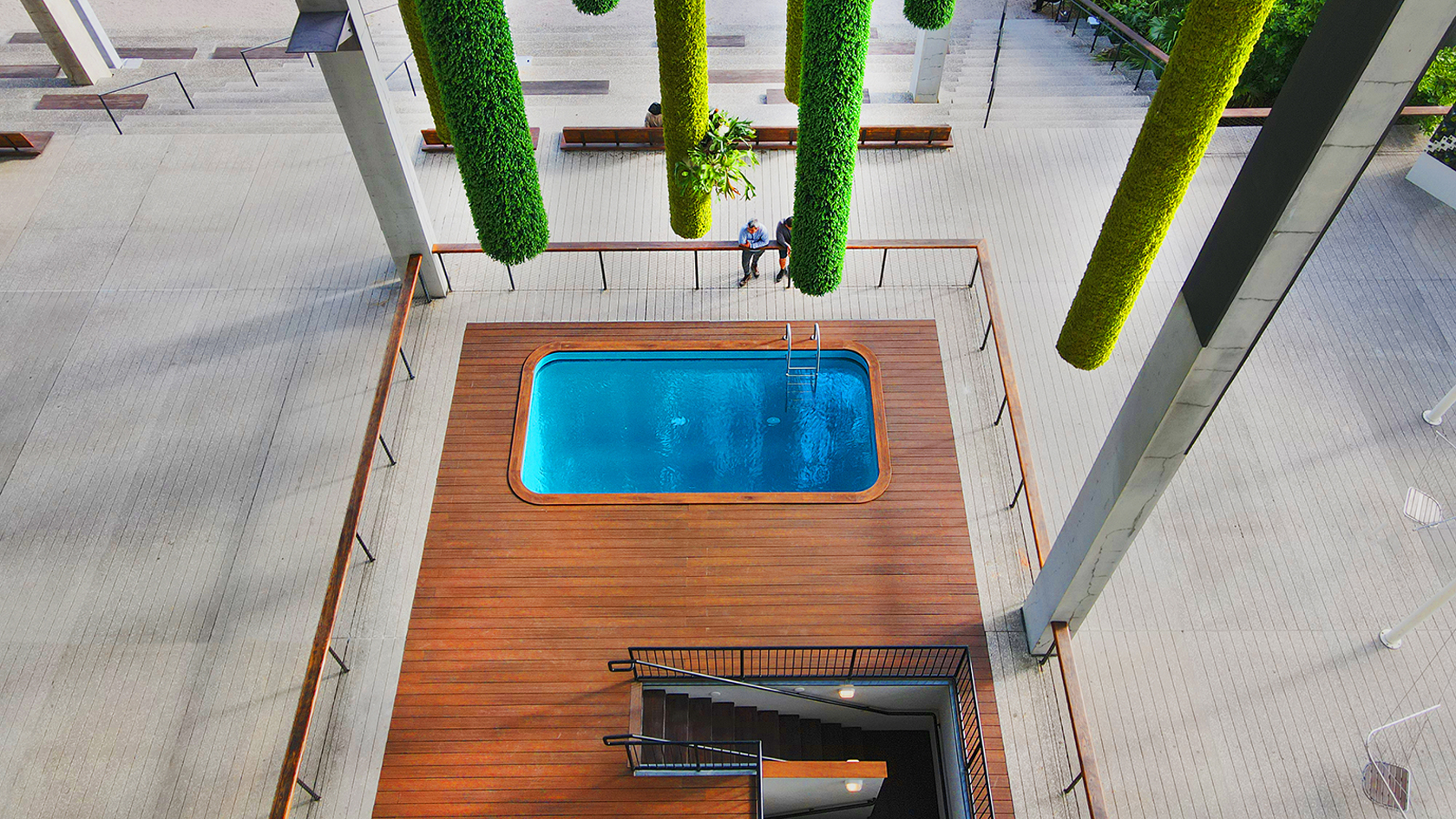 Miami Art Week 2022: your guide to the 6 best shows in town
Miami Art Week 2022: your guide to the 6 best shows in townAs Miami Art Week 2022 enters full swing, explore our preview guide to the highlights, from Art Basel Miami Beach 2022 art fair to the best exhibitions and events
-
 Artissima 2022: art exhibitions to see this weekend in Turin
Artissima 2022: art exhibitions to see this weekend in TurinTurin art fair Artissima 2022 spans the experimental and the perspective-bending; here’s what to see
-
 Paris+ par Art Basel: how the new art fair could transform Europe’s cultural identity
Paris+ par Art Basel: how the new art fair could transform Europe’s cultural identityWallpaper* Paris editor Amy Serafin explores the inaugural edition of Paris+ par Art Basel and speaks to key figures about what the new art fair will mean for Europe’s art scene